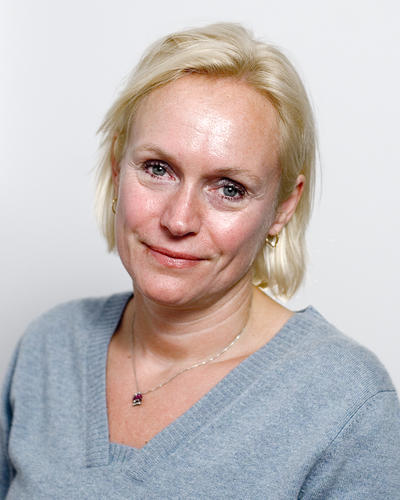Temaomtale HIM104
Islam in Sub-Saharan Africa, c. 1500-2000

Hovedinnhold
Politics, trade and religious practices
Today, approximately one third of the world’s Muslims live in Africa, and about of half of all Africans profess one form or another of Islam. African Muslims speak many different languages, and live under very different natural, economic and political circumstances. How did Islam spread across the continent, how did it impact on existing communities, and not least: how have African Muslims formed Islamic ideas applicable to local societies?
This course will examine the various ways in which Islam has shaped political, economic, and cultural history in sub-Saharan Africa for the past 500 years. The course also examines the ways in which Africans have developed Islamic ideas applicable to local social, political and cultural order.
The course will first outline the spread of Islam throughout the African continent from about 1500 to c. 2000. We will then, with reference to historical examples, discuss how Islam generated new political entities, and how authority came to be constituted in ways that were both Islamic and locally legitimized. The course will also discuss Islam’s potential to resist European colonialism and – later – its role in the emerging nation states.
Trade was central to the spread of Islam, and the course will present examples of how Islamic commercial regulations networks across vast distances. We will also examine how the production and consumption of commodities was shaped by local conditions and concerns.
Finally, the course will examine the ways in which African Muslims came to practice their religion. What intellectual impulses shaped the Muslim societies in Africa, and how were these interpreted and adapted locally? Can we even speak about an “African Islam”?
